"Remember this; if you don’t set goals for yourself, you will be at the mercy of someone who will set them for you!"  More than 17 years and 600 million dollars ago…Tiger Woods was quoted as saying… “The thing is, you see all the money that's available out there (PGA Tour). I see where am I going to play. I have no place to play yet. I'm not exempt. I have no security. So if I don't turn pro and I don't make it out here, where am I going to go? Nike? Hooters? Asia? Anywhere but here, I guess.” Why did Tiger Woods turn pro then? He wasn’t exempt; he didn’t have any security; and in his own words had no place to play, and yet he decided to turn pro. Yes he did have a few invites into PGA Tour events but that was it. He turned pro not because his dad or mum told him to, but because he had a big, compelling vision of his own of what he wanted to achieve playing the game of golf for a living. He had his heart and mind on goals, big ones! He had a long term vision that he would be successful playing golf on a professional golf tour and he knew exactly what he wanted to focus on to achieve that; beat Jack Nicklaus’s major championship record. And here’s something that’s really interesting. Jack Nicklaus also had a vision that was similar in many ways. Jack's vision was Bobby Jones. Not just his record, but also his demeanor and values. Here’s a quote from Jack Nicklaus on his vision of what he wanted to achieve in professional golf as a nineteen year old amateur. “When people ask me about my goals in golf, I answer with a question. What does everybody in golf set as a goal? The answer, of course, is Bobby Jones. I don't see how anybody can handle himself as well as Bobby Jones has. He knew when to quit. If he hadn't quit when he did, some of the lustre might have been lost, but as it turned out, nothing can ever be taken away from him. He's fantastic. He is the greatest golfer who ever lived and probably ever will live and he's one of the greatest persons. That's my goal. Bobby Jones. It's the only goal.” - Golf Magazine, 1959 Read More http://www.golfdigest.com/golf-tours-news/2010-06/jack-nicklaus-quotes#ixzz2fxichzcb  Great golfers-in fact anyone who rises above ordinary to become extraordinary - like Jack and Tiger knows that the true value of establishing goals is in the aim. You have to aim at something important to you, and focus all your energy on attaining it. This is the fuel that drives their performance over the long term guiding them steadily towards the achievement of their most important goals. All high achievers are powered by goals! This is where they develop their beliefs about what they can achieve (what they believe is possible) and this is where you will make your greatest gains in the sport of golf by establishing goals that you have to stretch for. In our last lesson we covered career goals - the end of your career goals that define your career achievements in golf. In this article we are going to be focusing on goals that get you to the end of your career – the relatively long-term goals that are within five years of where you are today. These are the stepping stones that get you to the other side of the goal chasm between where you are currently, and where you want to get to. These are your goals, not someone else’s (not your coach's, your parents or anyone else) – let me be clear about that from the outset. Remember this; if you don’t set goals for yourself, you will be at the mercy of someone who will set them for you! When Tiger went after Jack’s major record he had to begin with the first step. In other words he progressed from one goal to the next, and in a season his main aim is to win the four major golf championships. They are his priority, followed by winning PGA Tour events.  Goal Perspective and Goal Selection Criteria Keep in mind that the relatively long-term goals you want to achieve should be considered only after completing your career goals first. Also the goals that you choose will be reflective of your success up to this point in time. If you haven’t won an important amateur title yet, then this goal would be more important than winning a professional tour event. Start with a stretch that is possible with a lot of hard work and persistence. We really encourage our students at Pro Tour Golf College to have big and challenging goals, but they also realize that there is an order to things. Qualifying to play on a pro tour comes after learning how to get your golf score average down first, and after becoming a good and consistent competitor in amateur events. So there’s no time like the present to start formulating your relatively long-term goals so let’s get on with it. When you write your goals ensure that you write them based on their relevance and ability to be achieved. Use the golf goal criteria below for selecting your goals. This golf goal selection criteria model will help you to ensure that each goal has criteria that make it relevant to your needs, and is also selected based on sound performance based management principles. This selection criterion will help you construct your relatively long-term goals - the stepping stones to much bigger goals, so start with goals that are difficult to achieve but still possible with a good stretch, and are also selected based on the order of importance. Write them positively and remember that they should describe an achievement standard or result. e.g. “I win my club championship within two years” Here are five examples that will help you to get started on formulating your relatively long-term goals. Ok now it's your turn to write your relatively long term goals down in your goals notebook. At this stage we are not going into detail as that comes later. Just write down ten or more goals that you would like to achieve within the next five years. Set up a page in your goal notebook to look similar to the goal structure set out below. Remember that the goals you choose should be influenced by your performance achievements up to this point in time. Next, I want you to go back through your list of goals and rank each of them from 1 year goals to 5 year goals by circling the number to the right (see example below) of your goal that represents the ideal timing for this goal. What are the goals that you would most like to achieve over the next 12 months through to five years? Once you have completed this task take a good look at the goals you have chosen and their timelines and notice if you have balance between the goals. Do you have too many shorter term goals and fewer longer term goals or vice versa? Too many short-term goals might make you feel like there’s too much to focus on and this can make you procrastinate and not get any work done, and too many long term goals can force you to not focus on them at all. Timing is everything and setting goals in the right place on your timeline really keeps you focused. If you have too many goals in one part then reassess them or change them until you get the balance. You can always add more as you achieve them. Next we need to identify the most important goals for one through to five years. Choose your one year goals in order of importance and do the same for your two, three, four and five year goals. To make it easier to see on your timeline you can create a simple goal timetable like the one below that will help you to see and plan your goal choices for each year. I think you'll agree that it is easier to see your goals this way. My suggestion is that you create this goal timetable on a big sheet of cardboard or on a cork pin up board and put it up on your wall where you see it all the time. Your goals can be written on colored post it notes and stuck on the cardboard in their respective timeline. Have different colors to represent the different years. By using a goal timetable and post it notes you can easily move around and replace your goals until you are completely satisfied with the choices on the timetable. Remember that your goals are not set in stone and can change as you performances change from time to time. Now that you have ranked you relatively long term goals for one through to five years now you need to write your reason or justification for achieving this goal. By doing this you will quickly work out whether the goal that you have chosen is as important as you first thought. Write your justifications in your goal notebook under each goal for each year like I have done below. Write it in pencil because as I mentioned earlier, you are more than likely going to change some of them as your performances change from time to time. Next week I'll be moving on to Performance Goals and Performance Progress Goals where we will be looking at the numbers like score averages and statistics. This is where we start to look at golf training plans and periodized training plans. I hope that you are enjoying our short to long term goal setting articles and if you have any questions or comments you can share them with us in our comments section or email us at [email protected]. Lawrie Montague and David Milne - Pro Tour Golf College Your Success On Tour is Our Business All This For Just $97.00...So What are You Waiting For? Lower Your Golf Scores Today!Comments are closed.
|
Archives
June 2019
|
Proudly Supported By
Copyright © 2011 - 2018 Pro Tour Golf College
Website Managed By Golf Performance Media
All Rights Reserved
Website Managed By Golf Performance Media
All Rights Reserved

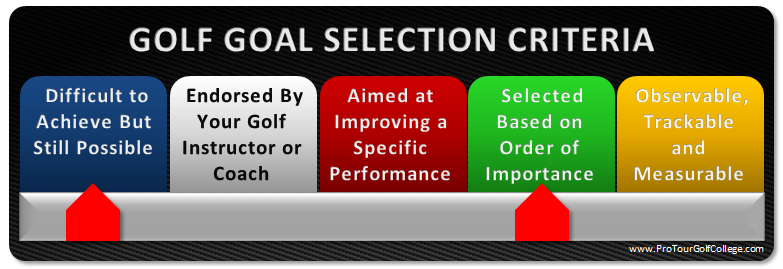



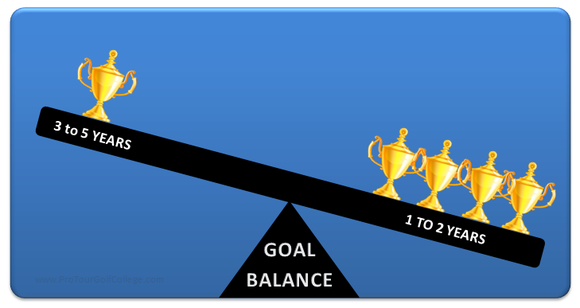
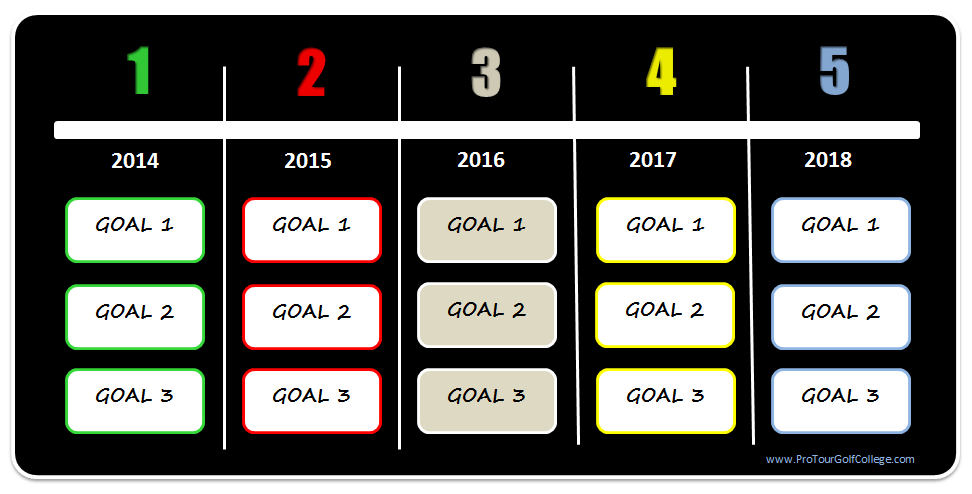
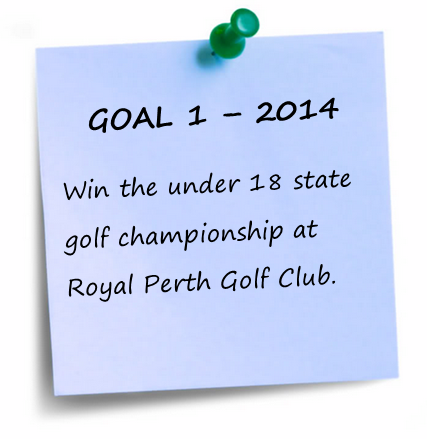
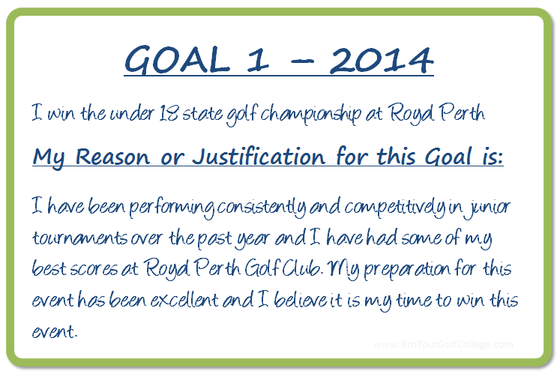
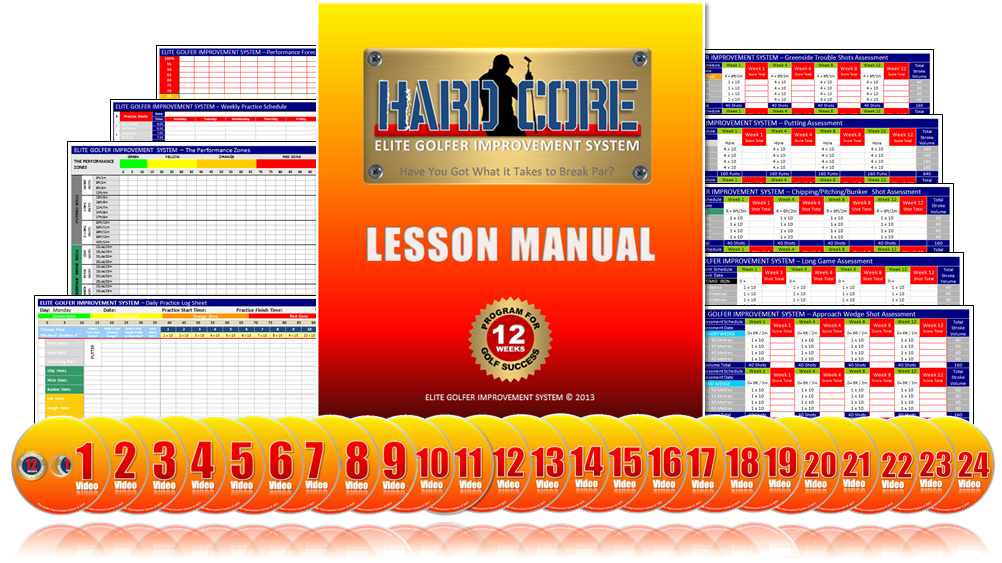
 RSS Feed
RSS Feed



